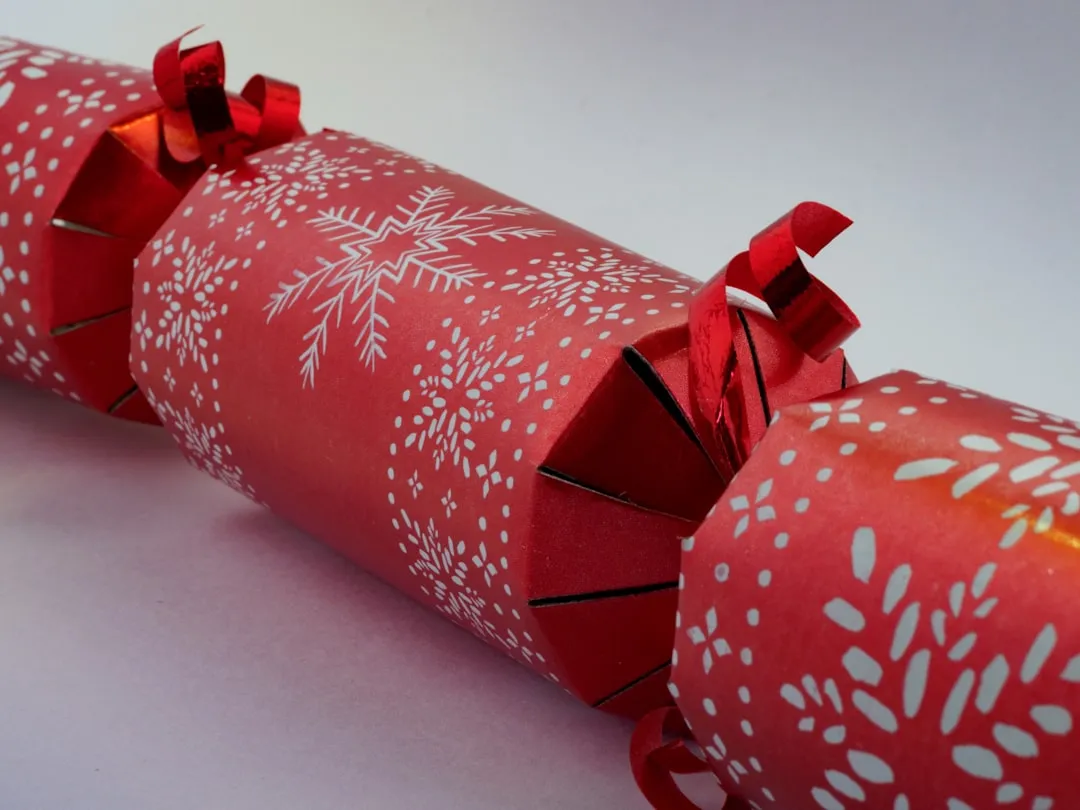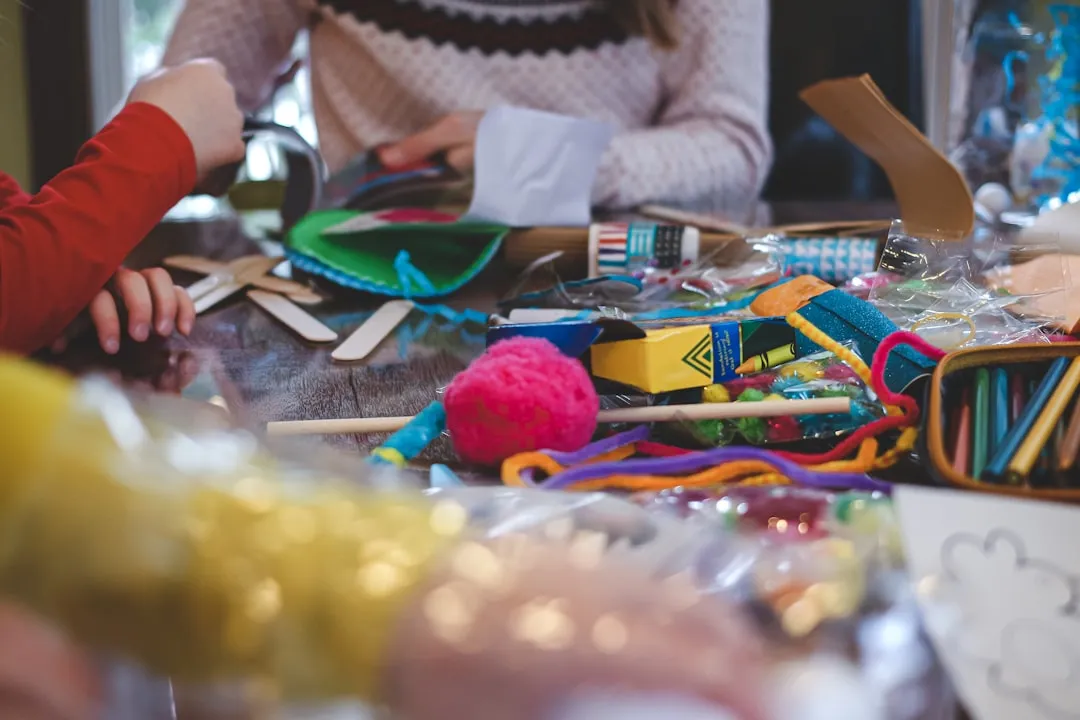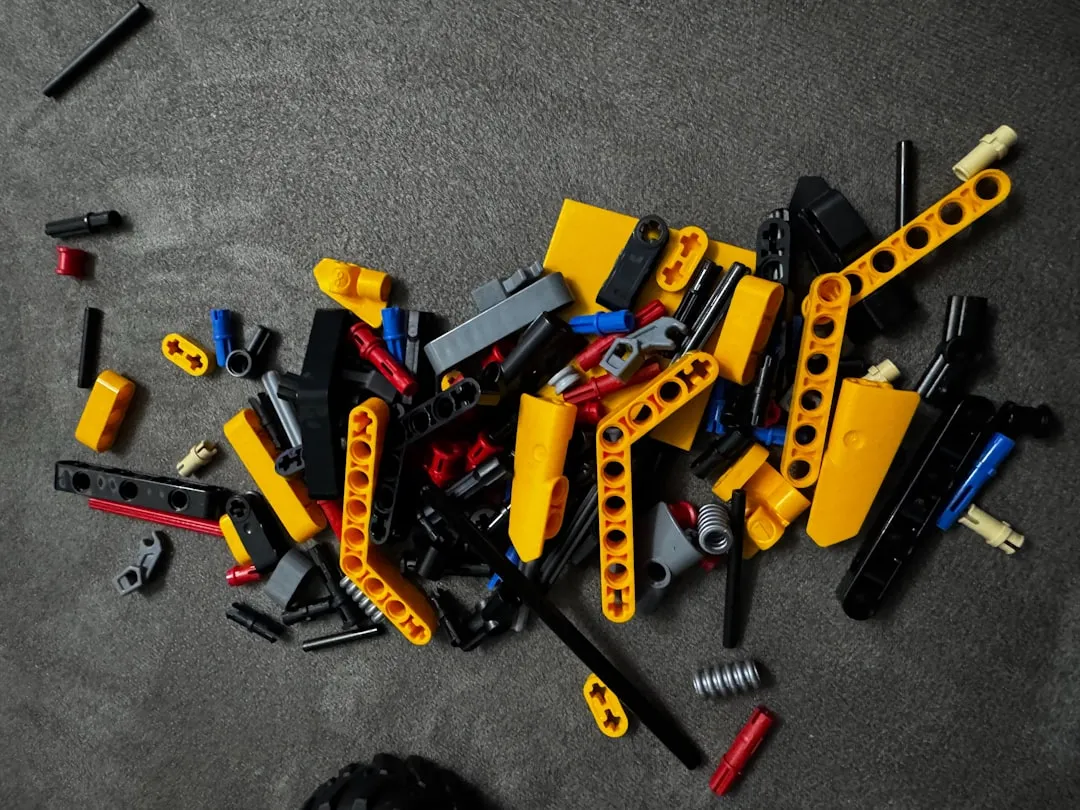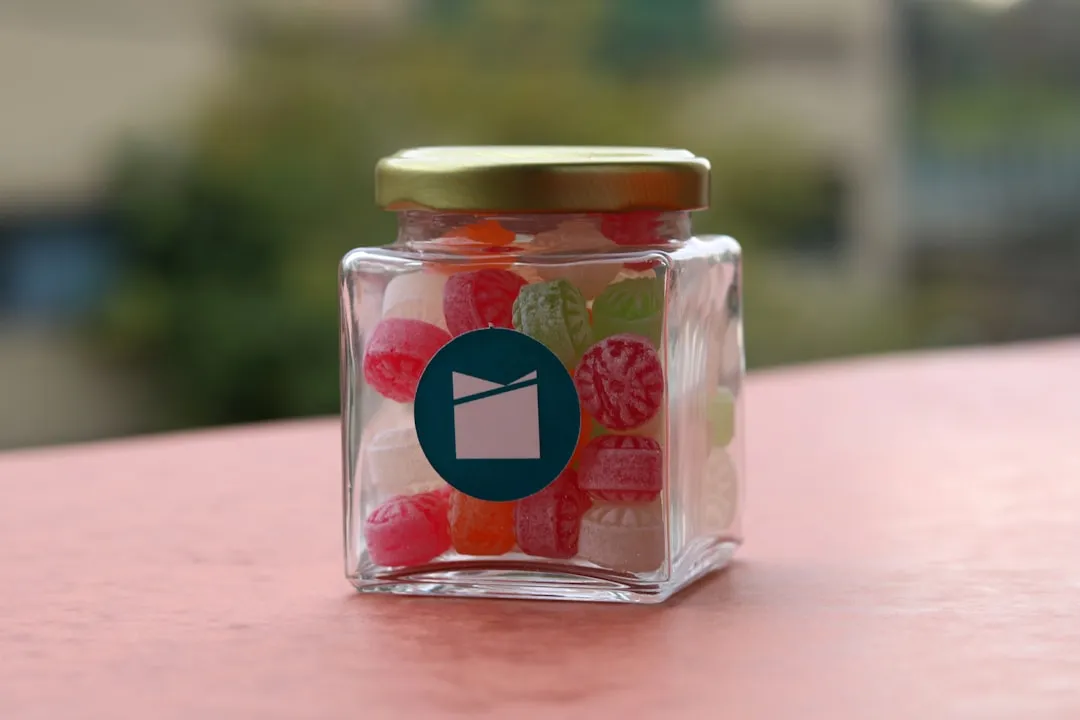Japanese Furoshiki Gift Wrapping: A Sustainable Art That Beats Modern Paper
Difficulty: Novice
Time: 15 minutes
Cost: ~$5-15 (or free with repurposed fabric)
Why You'll Like This (Quick Intro)
Ever stared at a store-wrapped gift, wondering why your attempts look tornado-struck? Same. I found a fix this holiday season, furoshiki, the ancient Japanese art of fabric gift wrapping. This technique has been practiced in Japan since the Edo Period and it creates stunning results while solving the wasteful wrapping paper problem. The best bit, the fabric becomes part of the gift, something beautiful your recipient can actually reuse.
Originally, these beautiful cloths were used to carry clothes, towels and belongings to and from the bathhouse, keeping everything organized and pristine. What makes this tradition feel special, traditional furoshiki cloths were made with care, often hand-embroidered or quilted with symbolic designs. The wrapping becomes part of the story.
What You'll Need
Materials
- 1 square piece of fabric, 20-36 inches (50-90 cm), size depends on the gift
- Cotton, silk, or poly-cotton blend work best (avoid stretchy fabrics)
- Optional: decorative greenery or a small gift tag
Tools
- Scissors for cutting fabric to size
- Sewing machine or needle and thread for hemming raw edges
- Iron for crisp folds
Safety First
- Use sharp scissors on a stable surface
- Set the iron to a heat level that suits your fabric
- Keep fingers clear when sewing
Steps
-
Prepare your fabric square. Generally, your fabric should be 3 to 5 times the size of your gift box. If using raw-edge fabric, hem edges by folding under ¼ inch, 6 mm, twice and sewing in place.
- Tip: Any fabric can technically be used for furoshiki, but thinner fabric is easier to fold and tie.
-
Position your setup. Place your furoshiki cloth printed-side down and turn it so it's oriented diagonally. You want a diamond shape in front of you.
-
Center your gift. Position your item in the center of the furoshiki with equal fabric on all sides. A little patience here saves you later.
-
Fold the first two corners. Take the corner closest to you and drape it over the top of the box. Repeat with the opposite corner, bringing it over the box.
- Note: Let the fabric overlap slightly on top.
-
Create the handle and tie. Gather the two remaining corners and bring them together at the top of the box. Tie a bow to secure the wrapping.
- If the fabric is slippery: Start with a basic knot, then add the decorative bow.
-
Perfect your presentation. Adjust the bow to your liking, making sure the fabric sits neatly and shows off the pattern. Fluff the bow and smooth the fabric for a tidy finish.
-
Add finishing touches. Open out the corners of the knot to make it look extra lovely. For special occasions, tuck some decorative greenery under the knot to spruce up your gift or tuck a small note or gift tag under the knot so that the gift can be identified.
Why it works: This otsukai-tsutsumi, errand wrapping, technique uses the fabric's natural drape and the box's structure to create a secure, self-supporting wrap that is both functional and beautiful.
Cleanup & Disposal
- Store leftover fabric in a dry place for next time
- Save scraps for smaller gifts or craft projects
- Wash and iron used furoshiki cloths so they are ready to go
Troubleshooting
Problem: Fabric keeps slipping while tying → Fix: Start with a simple overhand knot before the bow, or choose a fabric with more grip like cotton over silk.
Problem: Gift looks lopsided → Fix: Recenter the gift on the diagonal and check for equal fabric on all sides before folding.
Problem: Not enough fabric to tie properly → Fix: Size up your cloth using the 3 to 5 times rule, or use this technique on a smaller gift.
Problem: Bow will not stay puffy → Fix: Any fabric can technically be used for furoshiki, but thinner fabric is easier to fold and tie. Slightly stiffer fabric holds bow shapes better.
Variations & Upgrades
- Budget option: Repurpose old scarves, tea towels, or remnants, it's also a great way to reuse old cloth or scarves that you might otherwise throw away
- Advanced techniques: Try the hana-tsutsumi style is the most popular way of tying furoshiki, a traditional Japanese wrapping technique that resembles the shape of a flower bouquet
- Wine bottles: For bottles, the binippon-tsutsumi style is used for wrapping bottles, typically wine bottles
- Color coordination: Go bold or minimal, Furoshiki wrapped gifts are SO PRETTY, and they allow you to wrap the present in the recipient's favourite colour or pattern
Why This Method Transforms Gift-Giving
After using furoshiki for months, I realized it changed how I think about presents. Furoshiki allows you to reduce waste and reuse materials, bringing an eco-friendly element to your gift-giving while connecting us to a time when fabric was highly valued and every element was considered thoughtfully.
The technique eliminates the need for wasteful, disposable wrapping paper, and it goes deeper, the fabric becomes a gorgeous part of the gift that can be used for lots of things after unwrapping. Your recipient gets two gifts, the present and a beautiful, functional piece of fabric they can repurpose as a table runner, wall hanging, or wrapping for their own gifts.
Holiday presents, birthdays, everyday thank-yous, furoshiki turns wrapping from a chore into mindful artistry. You will not run out of wrapping supplies at the last minute again.
FAQ
Can I use any fabric? We recommend using a fabric with little to no stretch, like silk, cotton, or a poly-cotton blend. Avoid heavy fabrics like denim or very slippery materials like satin.
What if my fabric isn't perfectly square? Square works best, but rectangular fabric can work too. Just make sure your gift fits within the smaller dimension when positioned diagonally.
Will this work on oddly shaped gifts? Furoshiki excels with boxes and books. For irregular shapes, place the item in a box first, or explore specialized techniques like those for cylindrical objects.
















Comments
Be the first, drop a comment!